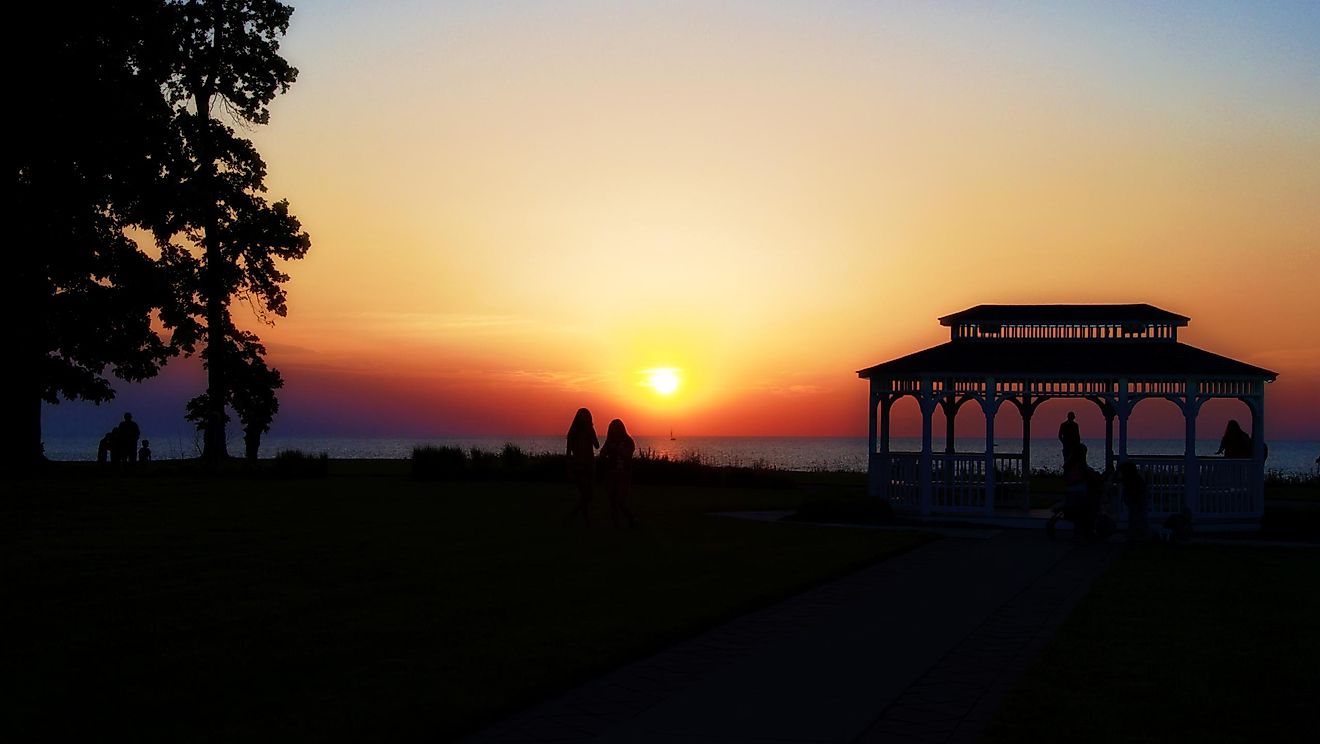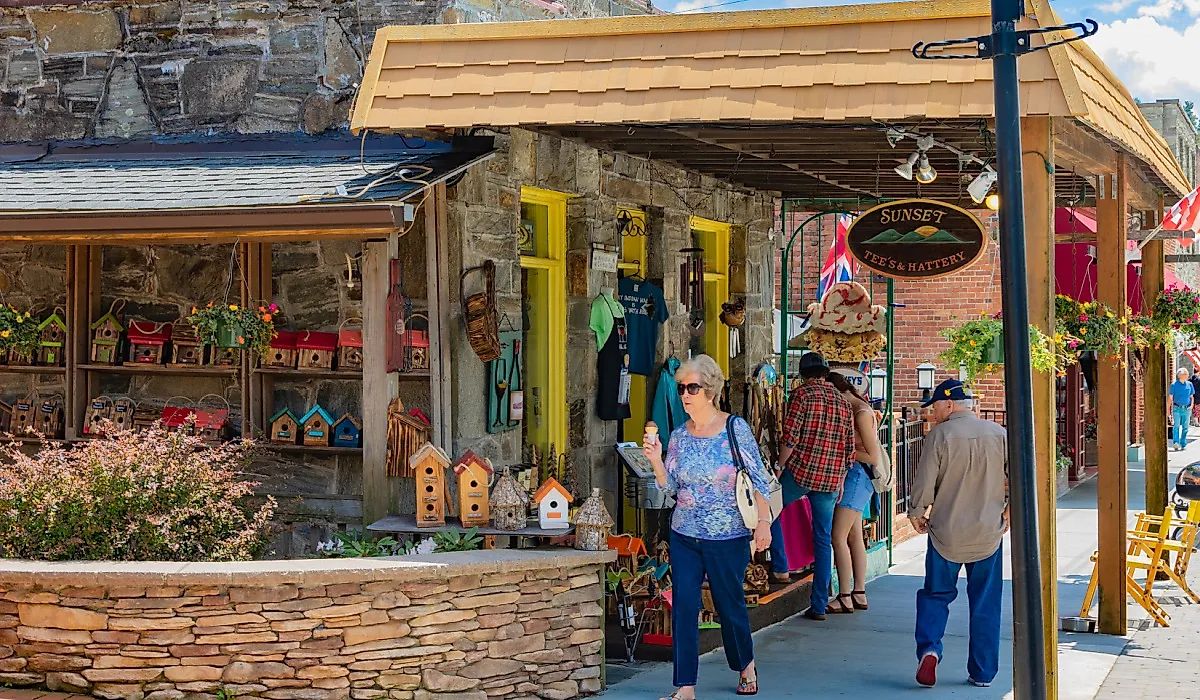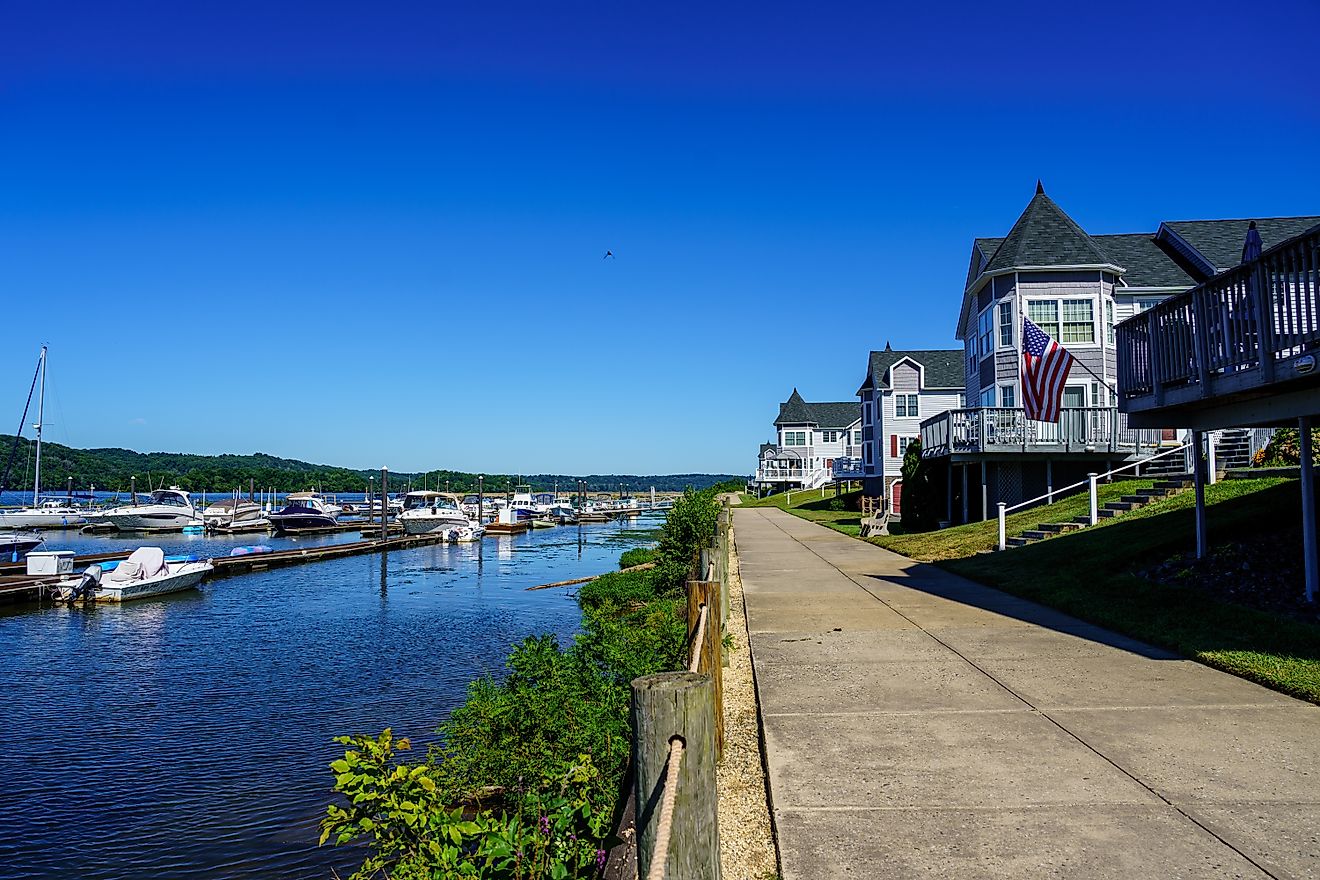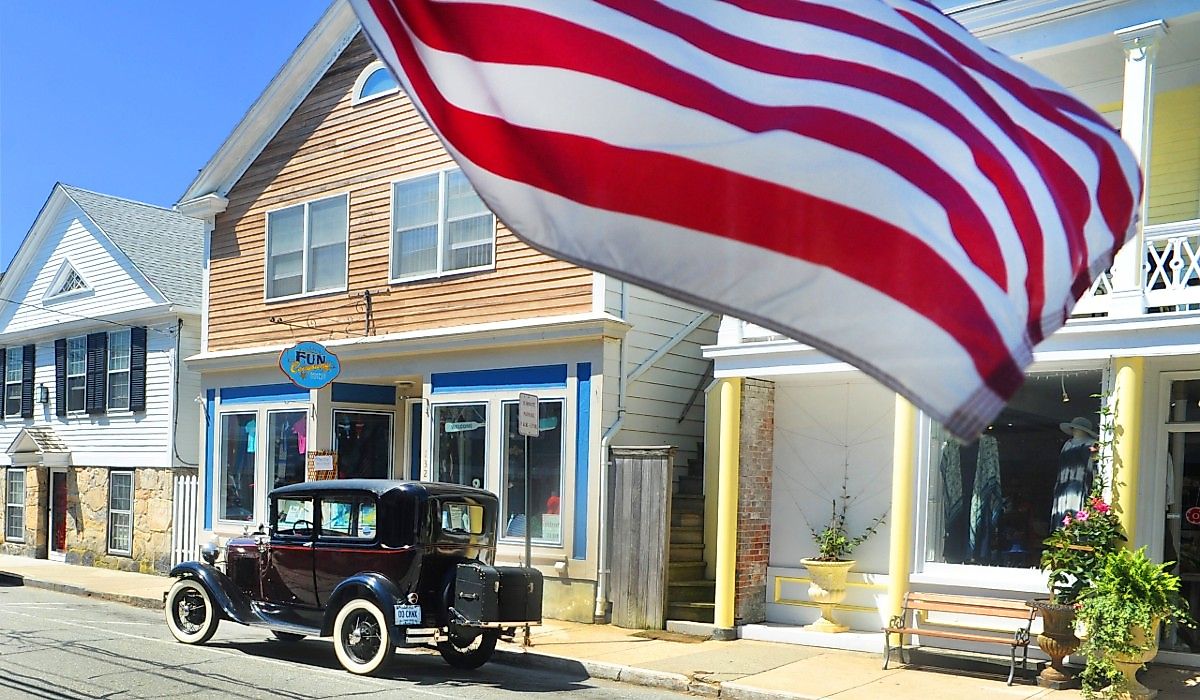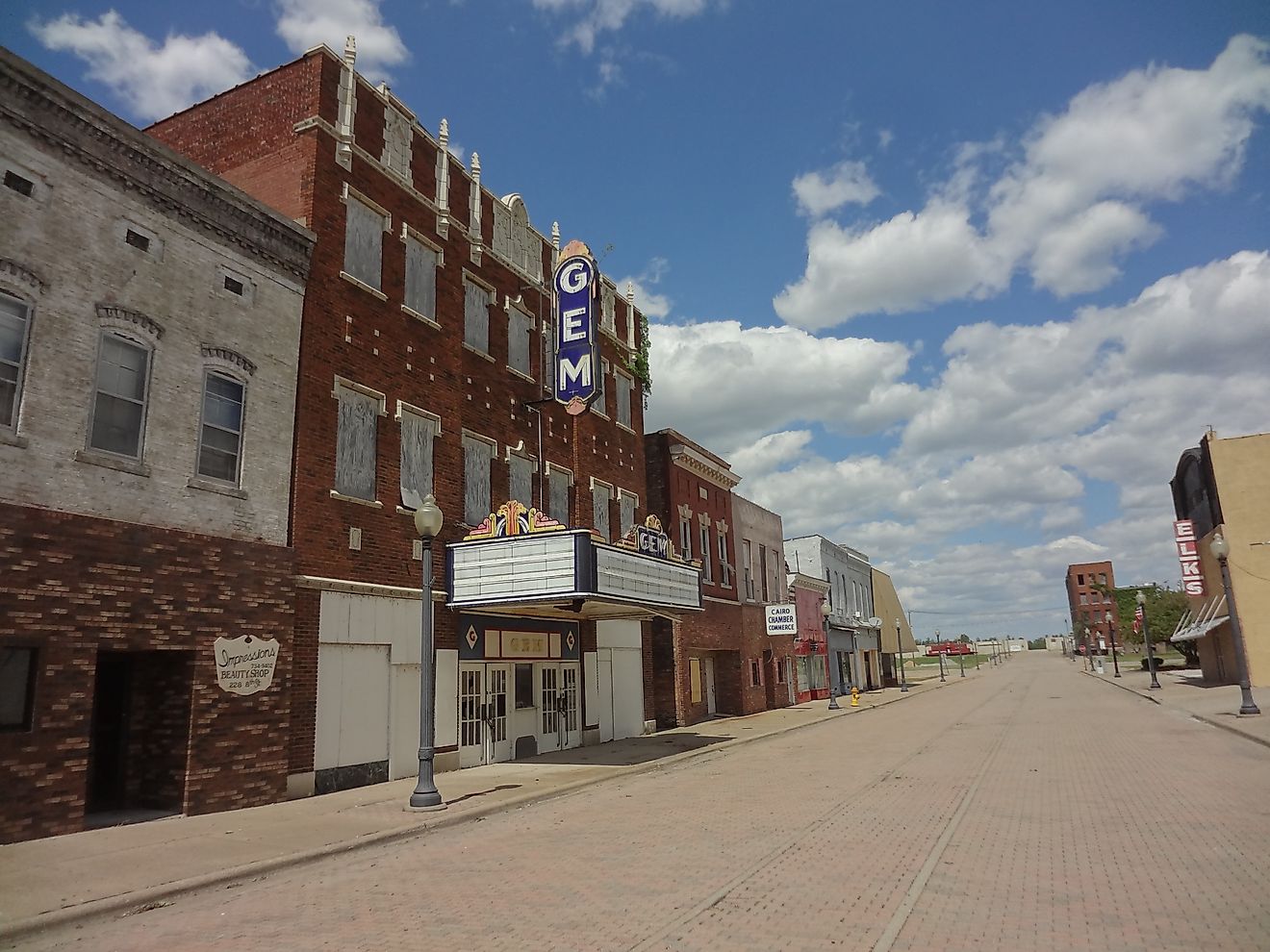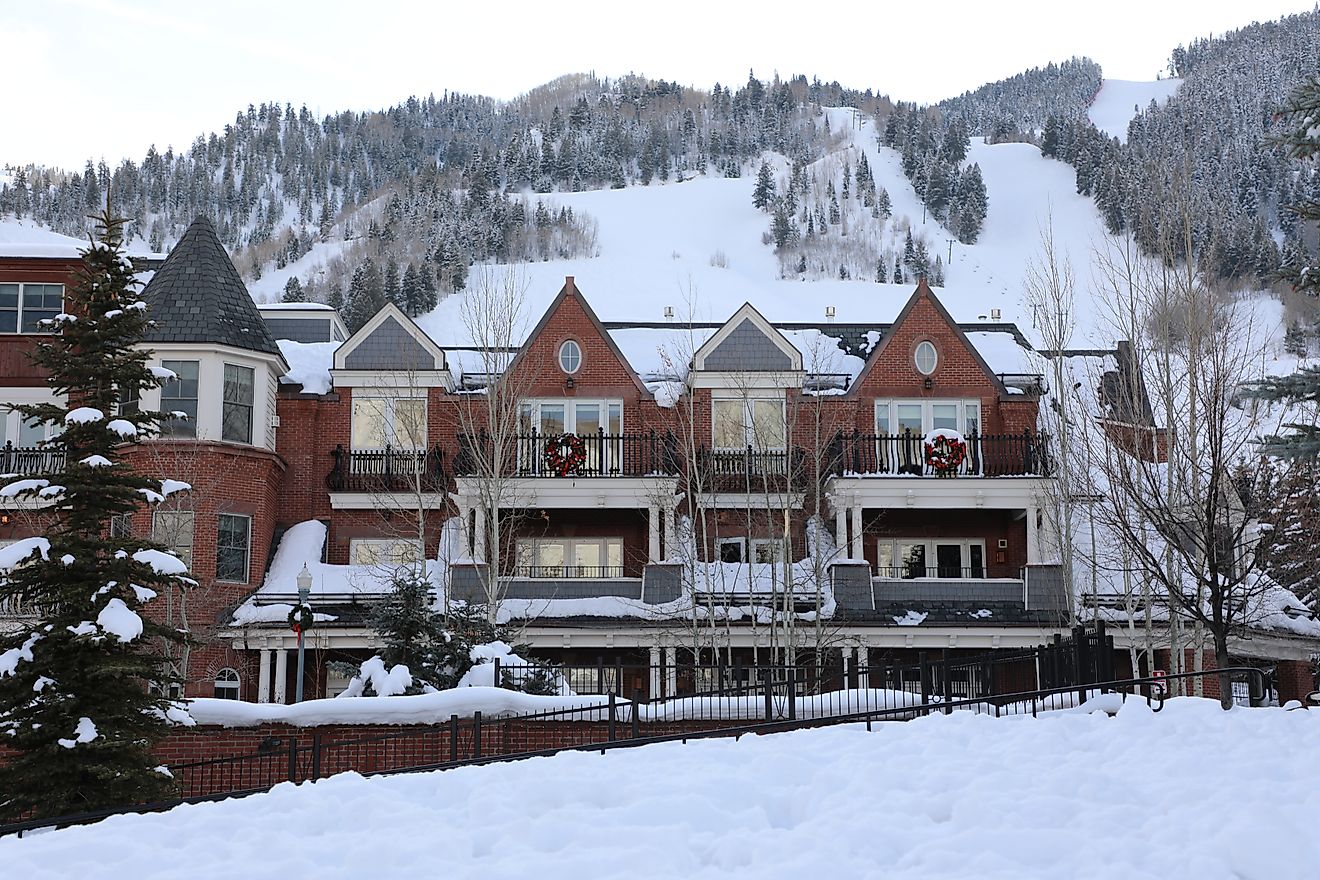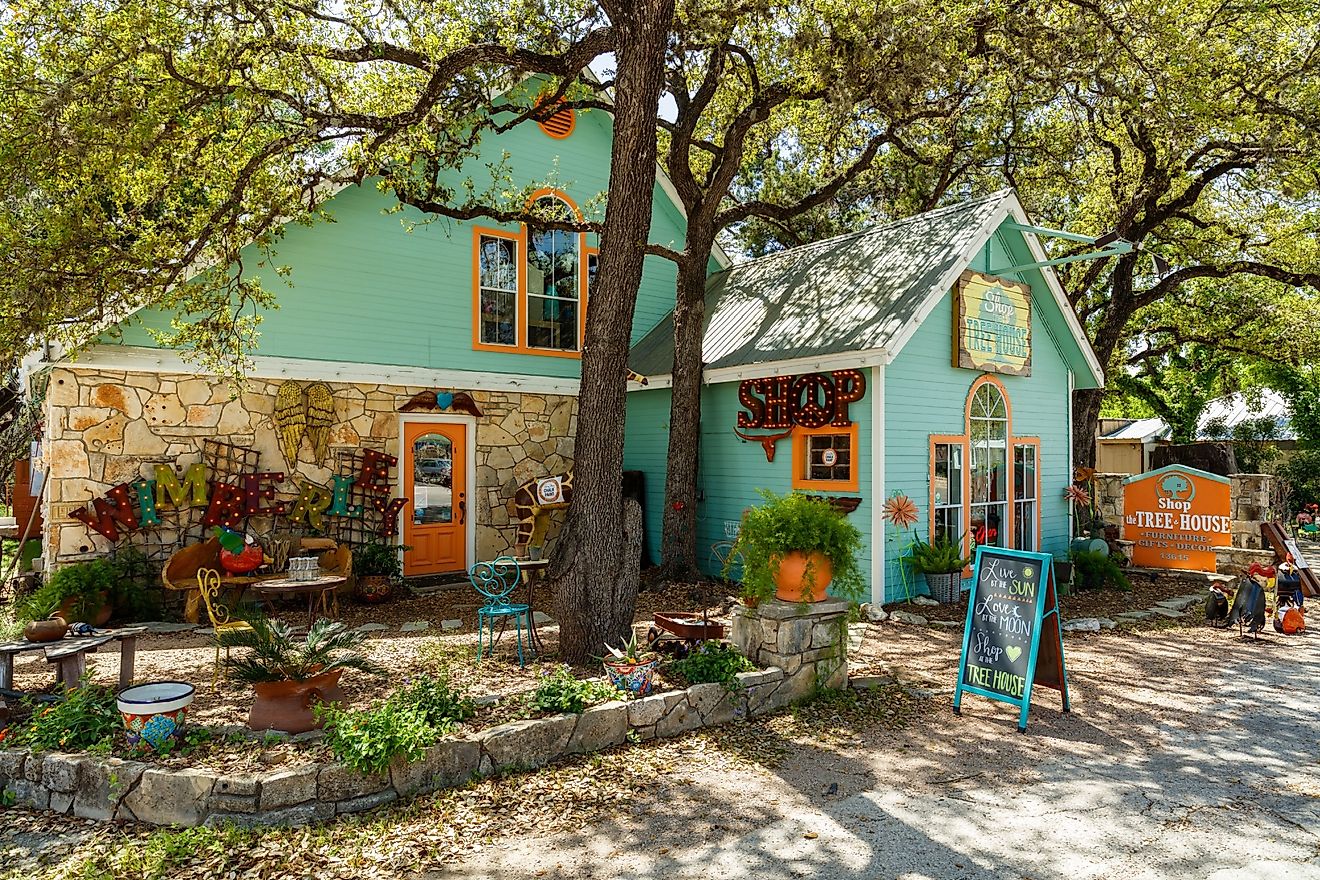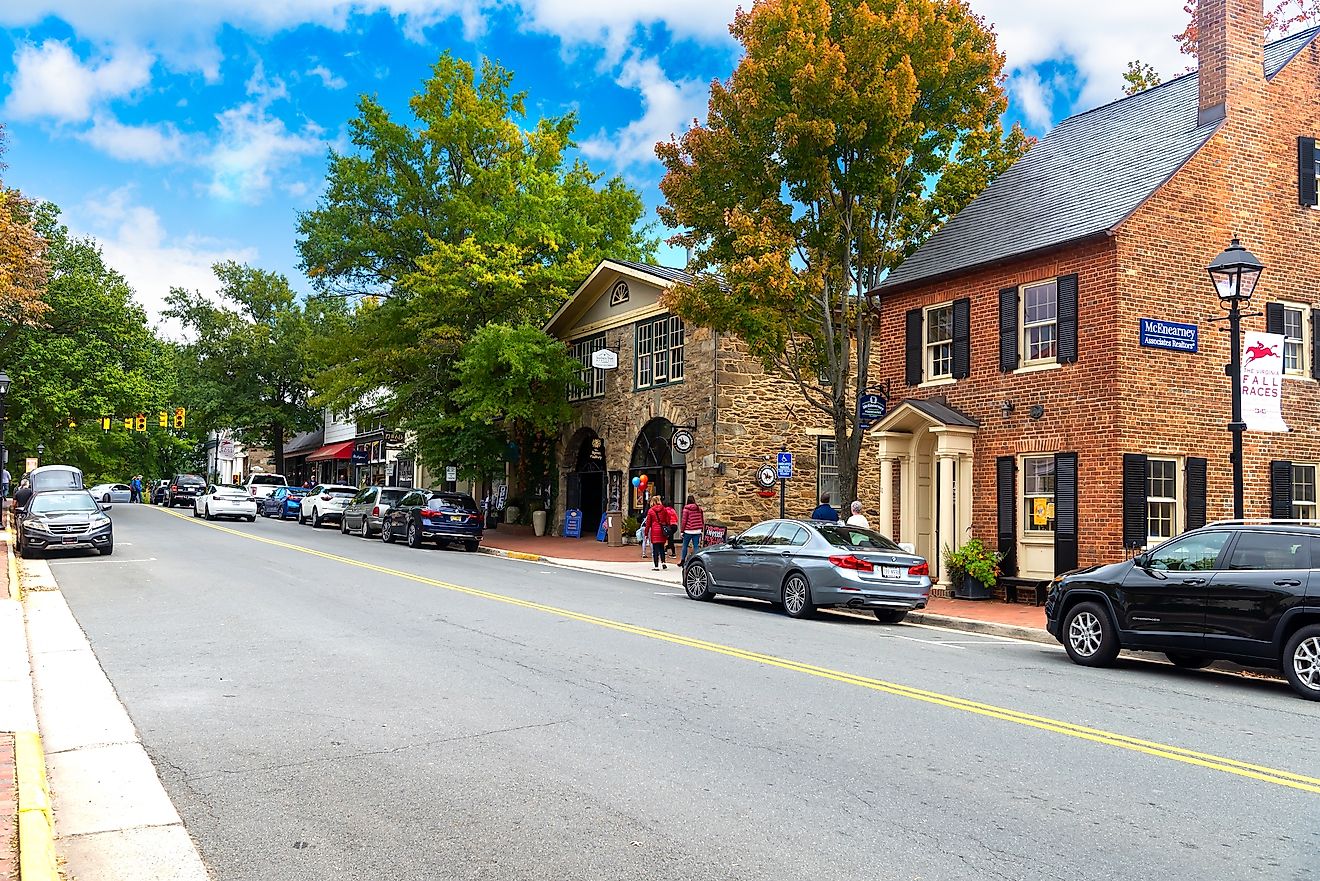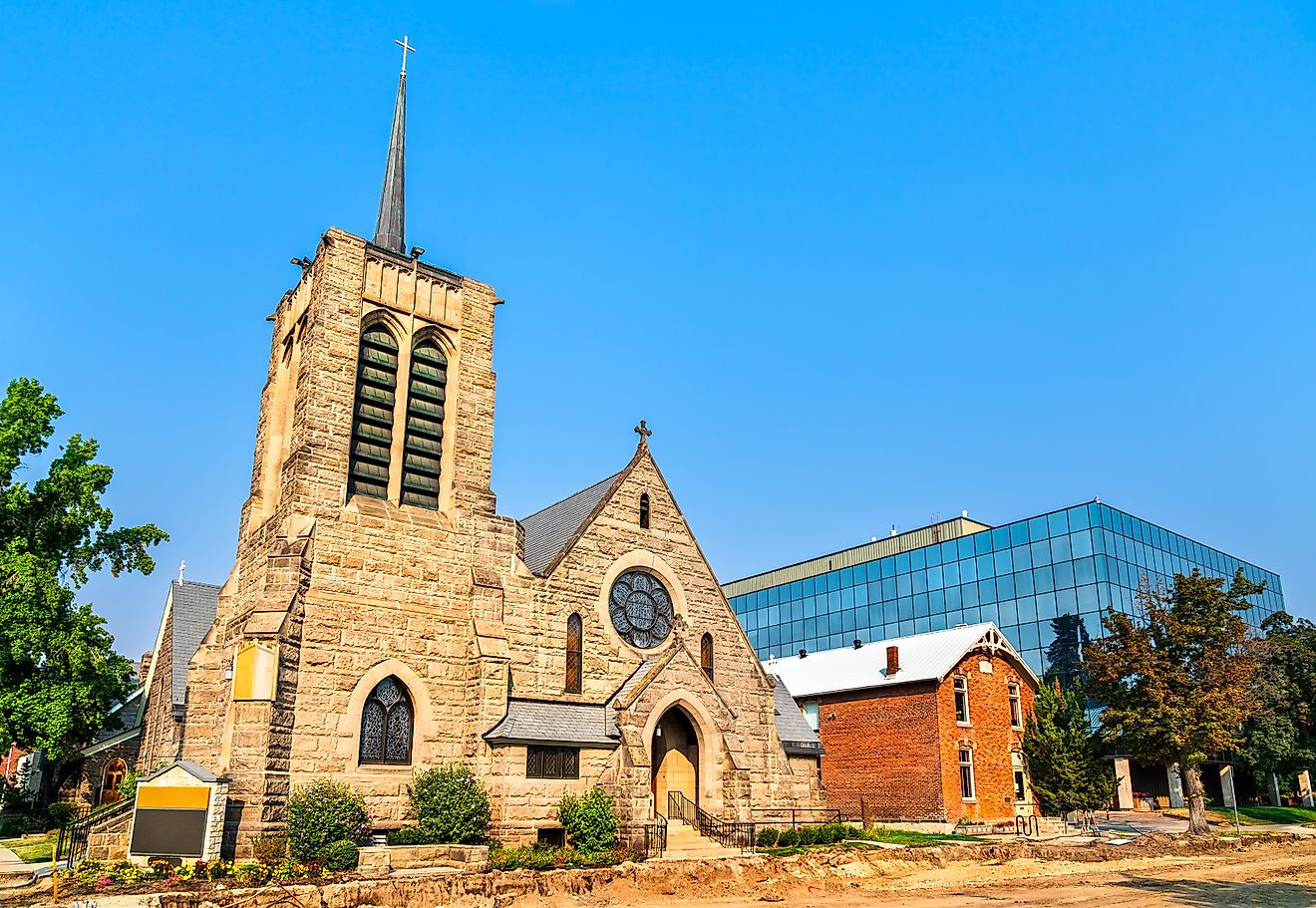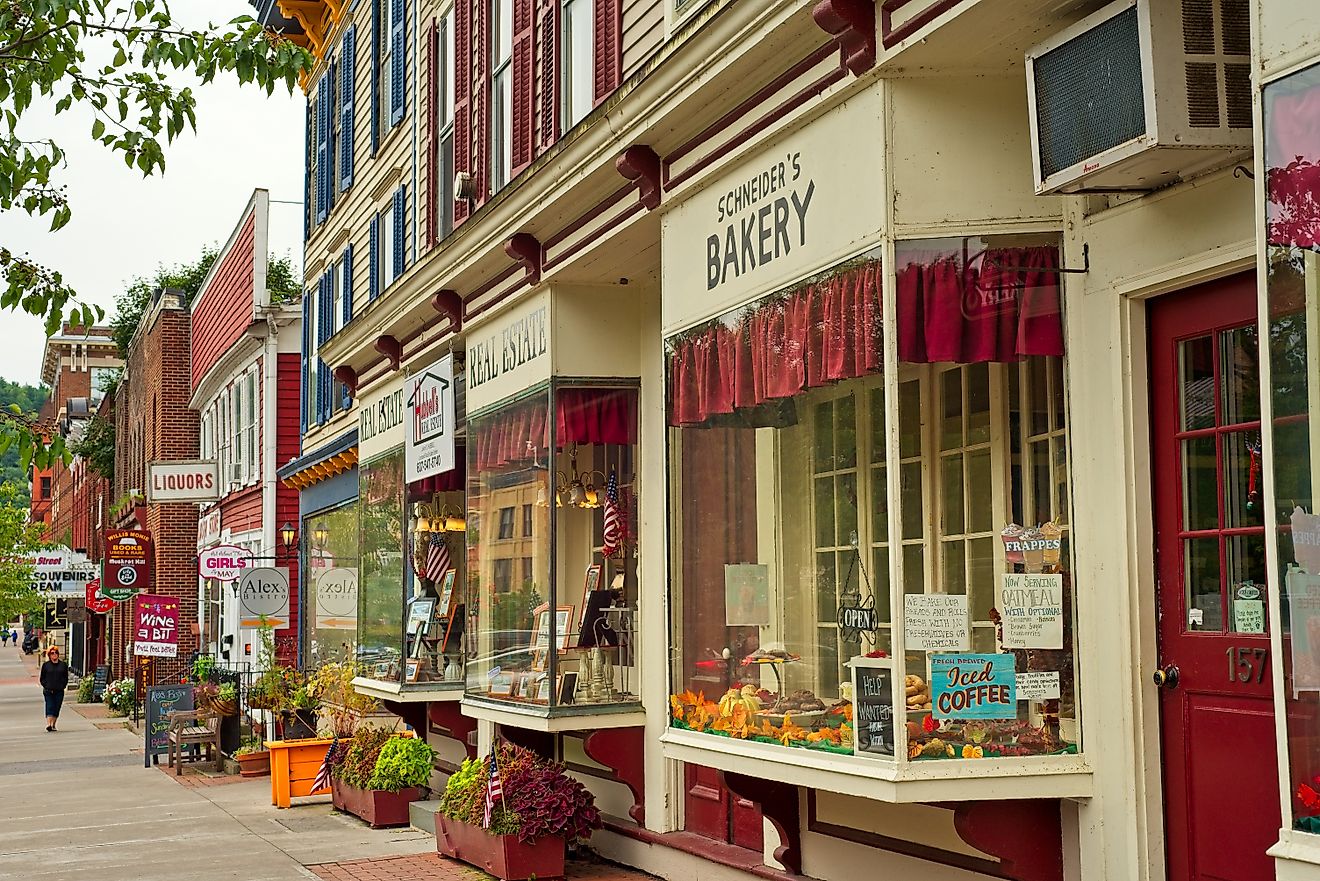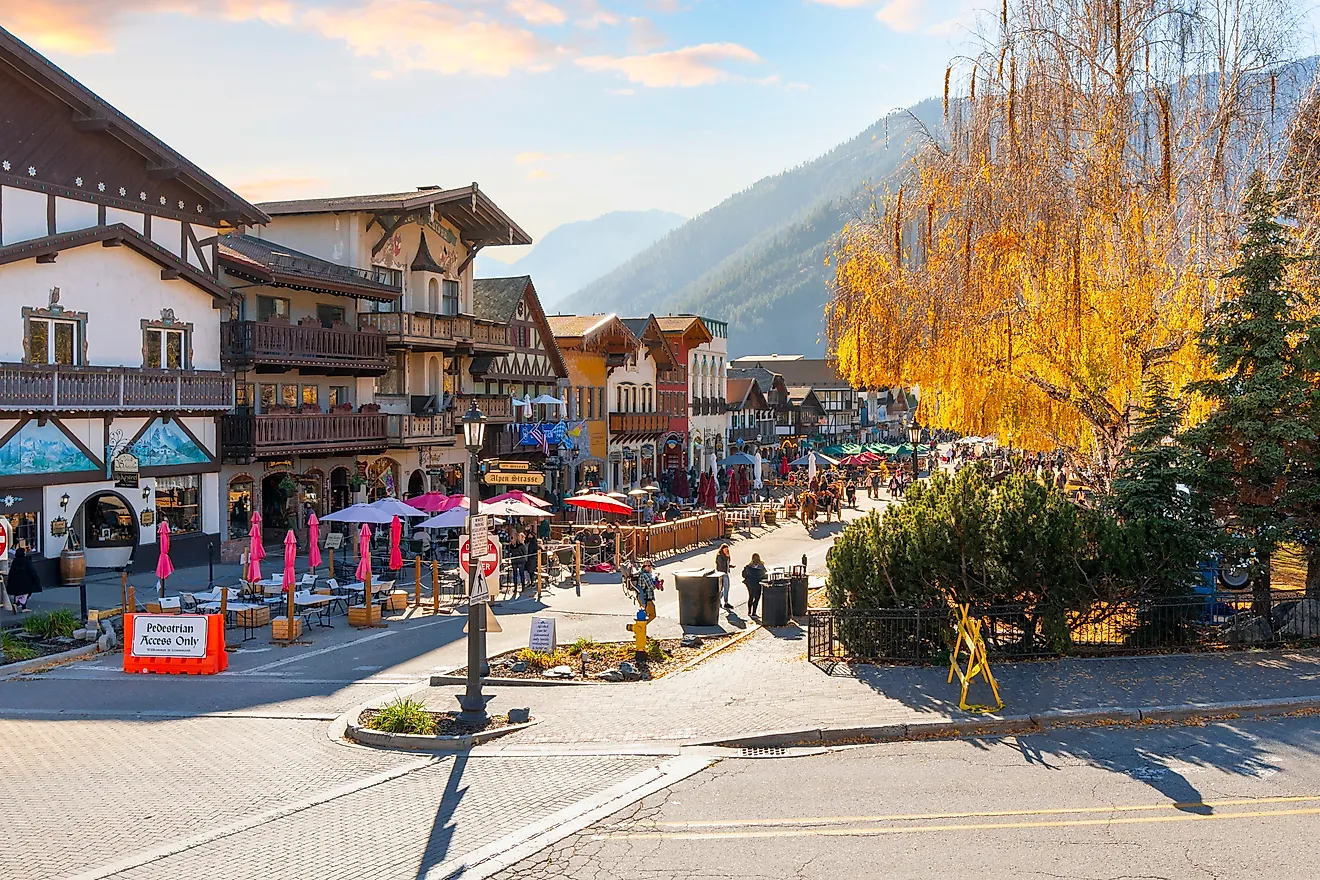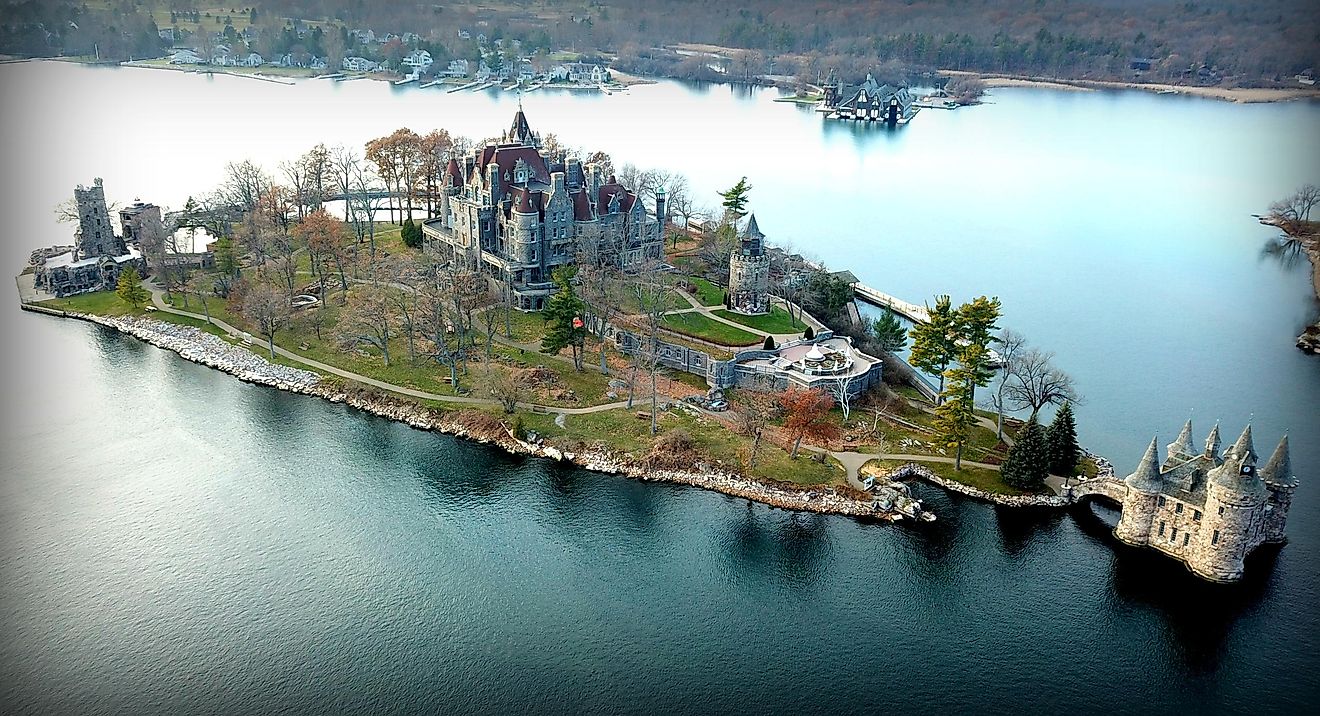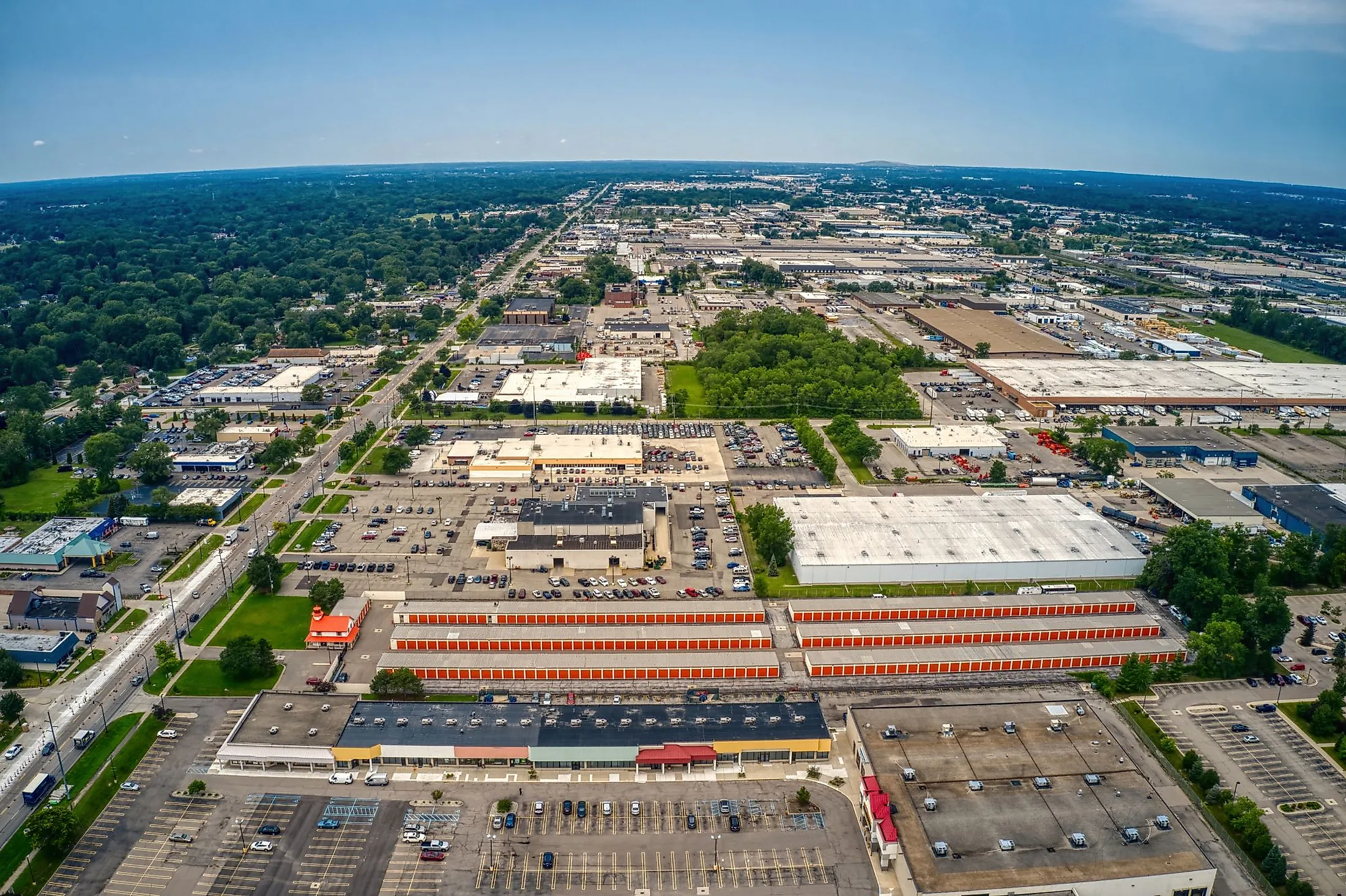
Livonia, Michigan
Livonia is a big city situated in Wayne County in the southeastern portion of the US State of Michigan. Livonia is Detroit's suburb and is located close to the Wayne-Oakland County line. Gifted with fertile soil and an abundant supply of fresh water, the city, began its history as Livonia Township. The mid-20th century brought a dramatic shift from a farming town to a bustling factory city as the automotive industry came to town in the form of auto parts manufacturing and distribution plants. Around the same time, the Township became a unified city, adjusting to rapid growth for about four decades. Over the years, the falling fortunes of the auto industry led to a decline in population for Livonia and the Detroit area in general.
Geography And Climate Of Livonia
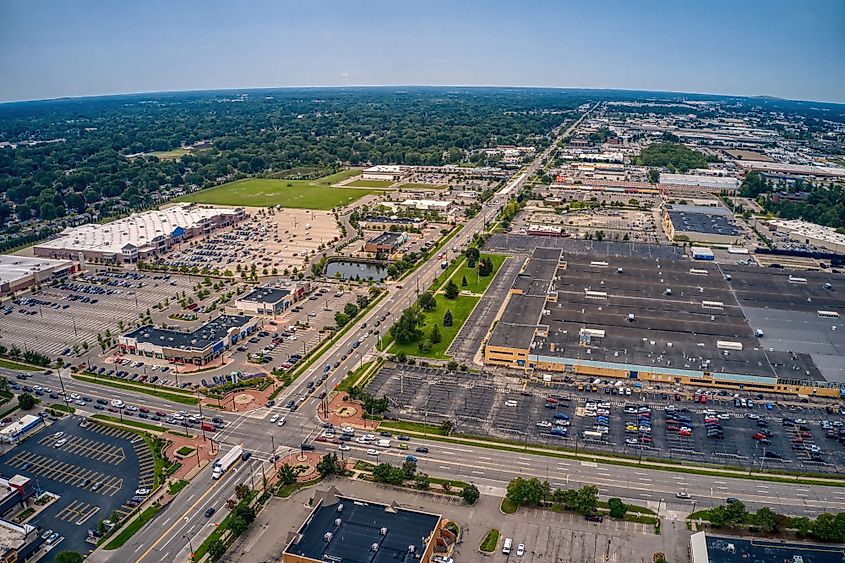
Livonia is located about 3.2 km west of the Detroit city limits. Livonia covers a total area of 92.86 sq. km, of which 92.45 sq. km is occupied by land, and 0.41 sq. km is covered by water. The land where the Detroit metropolitan area is located is mainly flat and is actually a strait that connects Lake St. Clair to Lake Erie. Livonia is located about 45 km from the Detroit River. The Rouge River flows through Livonia, in addition to many creeks and smaller waterways, supplying plentiful fresh water.
Livonia experiences a humid continental climate as per the Koppen Climate Classification. The four seasons vary greatly, with warm, humid summers and cold, snowy winters. The year's coldest month is January, with average temperatures ranging from lows of -7.7 °C to highs of -1.9 °C. January also receives the most snow, falling for an average of 14.3 days and accumulating 124mm. Over the whole year, snow falls for about 48.8 days, totaling 409mm of snow. July is the year's warmest month, with an average high of 27 °C and an average low of 17.8 °C. It rains for an average of 155.1 days throughout the year, for a total of 659mm of precipitation.
Brief History Of Livonia
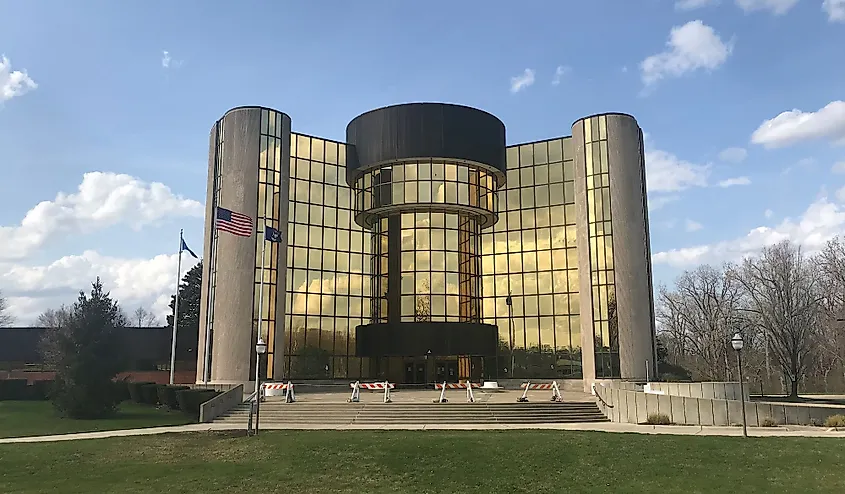
The Potawatomi Indians inhabited the region of Detroit and Livonia about 12,000 years ago. The rich soil and good harvests attracted them, as well as the European settlers who came from the 17th century. The first to arrive were the French, who claimed the territory for France and began trading with local Indigenous people for furs. The English defeated the French in the mid-1700s during the French and Indian War. Through the 18th century, the Potawatomi were pushed out of the area. In 1805, Michigan became part of the US.
A wave of new settlers came after 1825, once the nearby Erie Canal had made cross-country travel much easier. By the 1830s, Europeans from the Eastern US began to come to the area to farm. Livonia Township was established in 1835, then largely an area of dairy farms and fruit orchards. It is thought that many of the township's first inhabitants came from Livonia Center, New York State, and that's where the name came from.
In the mid-1800s, there was a craze for so-called plank roads, where two layers of wooden planks prevented stagecoaches from getting mired in the mud. Livonia City, established in 1836, became known as Plank Road. In 1880, Livonia City became known as Clarenceville after a prominent local family. Clarenceville had a population of about 200 to 300 people and included a village school as well as other businesses. Along with Clarenceville, villages in the township included Stark, Schwarzburg, and Newburg.
The town was incorporated in 1950, absorbing all the villages of the township into the new City of Livonia just as it was undergoing a period of enormous growth due to the arrival of the automotive industry to town. Livonia continued to grow until the late 20th century when a downturn in the auto industry and the local economy led to a slight reduction in population in the early 21st century.
Population Of Livonia
The city's population leaped from 17,000 in 1950 at its incorporation to more than 100,000 in 1998 because of the booming auto industry. The city's population, along with the Detroit metropolitan area, had declined since 2000, when its citizens numbered 100,545. At the same time, the population of the Detroit-Livonia-Dearborn Metro Division was 2,061,162, and the Detroit-Warren-Livonia Metro Area was 4,452,557. By 2010, Livonia had dropped to 96,942, Detroit-Livonia-Dearborn Metro Division to 1,820,584, and Detroit-Warren-Livonia Metro Area to 4,296,250. As per the 2020 US Census, Livonia has a population of 95,531. In contrast with nearby Detroit's downtown area, which is over 77% Black, and only 14.4% White, Livonia's population is 87.8% White, 4.1% Black, and 3.7% Asian.
Economy Of Livonia
Livonia was a farming community for its first century, with businesses that supplied its residents with immediate needs for products such as soap and ice and a distillery for the many hotels. Agricultural activity included dairy farming along with produce, and Powers Creek supplied the momentum for four mills. A cheese factory and creamery were established in the area by the late 19th century.World War II brought a surge of industrial development, in particular, automobile parts manufacturing, to supply the automakers in Detroit.
The first automotive parts plant was established by General Motors Corporation in 1948 to produce automatic transmissions. Ford set up a parts depot in Livonia not long after. In 1953, the Livonia plant of the Detroit Transmission Division of General Motors was completely destroyed by a fire that was the worst industrial blaze in the US. Many workers died or were injured, and physical damage was set at $80 million.Auto parts manufacturing, which has declined through the late 20th and into the 21st centuries, continues to fuel the local economy.
Attractions In Livonia
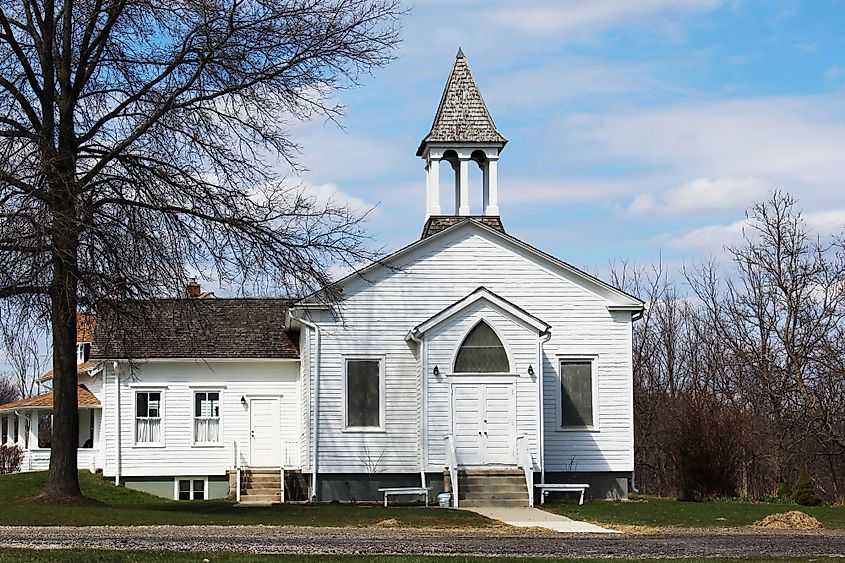
Modern Livonia includes more than 1,800 acres of parkland and green space that can be explored. The Greenmead Historical Village takes visitors back to pioneer days on a 103-acre farm and museum, with displays showing Livonia's history and early development.
